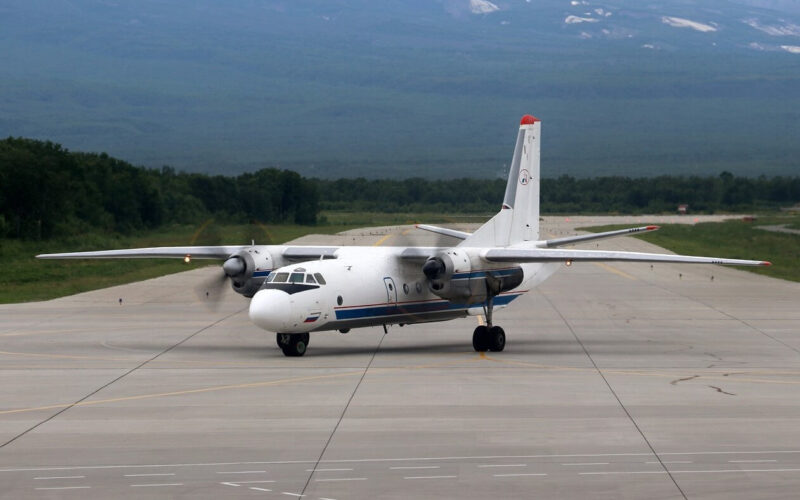A Russian authority has disclosed what caused the crash of the Petropavlovsk-Kamchatka Aviation Antonov An-26 turboprop.
The Transport Ministry of Russia provided an update on the investigation of the fatal accident of the Antonov An-26 aircraft. The turboprop went missing on June 6, 2021, after it took off from Elizovo Airport (PKC) and was supposed to land at Palana Airport (UHPL) at the Kamchatka peninsula, Russia, but did not reach the final destination.
Two helicopters and several rescue teams were searching for the missing An-26 plane, the wreckage of which was located a day after the crash ‒ on July 7, 2021. The rescuers found both engines of the turboprop on top of the cliff while the fuselage was down in the seawater a dozen meters below the coastal edge. None of the 28 people on board survived the impact.
On July 12, 2021, the Russian authority confirmed the initial suspicions that foggy weather conditions on the day of the calamity contributed to the crash of the turboprop.
The runway at the time was dry and clean while the wind speed was reaching 13 knots, which is comparable to a moderate breeze. However, the flight crew failed to approach the airport since mountains around Palana were covered in clouds with a cloud ceiling at 300 meters/1000 feet, the investigators found. The An-26 overflew the runway and crashed into the steep rocky shore around 3,6 kilometers away from Palana Airport.
The Captain of the turboprop had more than 3,300 flight hours of experience, while the First Officer was counting around 1,100 flight hours.
The Antonov An-26 passenger plane, carrying 22 passengers and 6 crew members on board, belonged to Kamchatka Aviation Enterprise.

